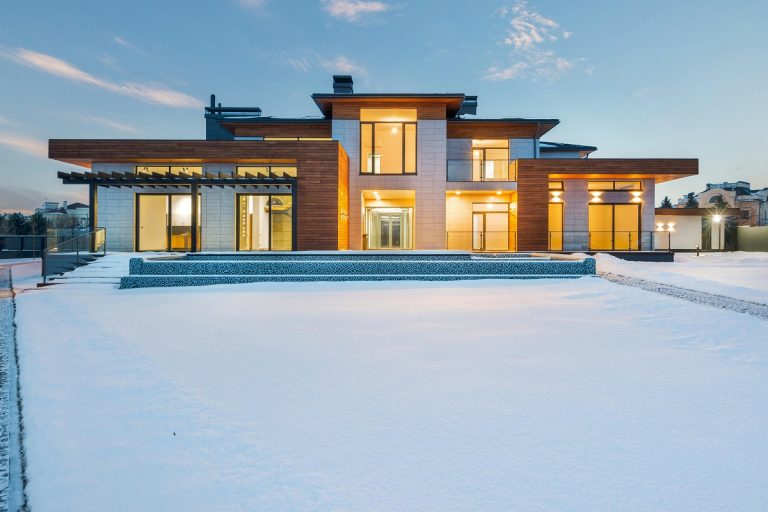

There’s nothing more satisfying than looking out into your backyard and seeing a luscious, green space — except maybe looking out into your backyard and seeing a luscious, green space with some gorgeous hardscaping included.
What is hardscaping? Hardscaping is used in backyard landscaping to create a more functional space. The materials used are usually inorganic and can often serve aesthetic purposes as well.
Benefits of hardscaping: Landscaping can often enhance a home’s price and reduce it’s time on the market, but hardscaping can also offer the same benefits. Properly selected, placed, and maintained landscaping and hardscaping can provide wind protection that will ultimately reduce heating costs. For example, a stand-alone retaining wall can be positioned perfectly to block a northern wind. Using hardscaping can also keep little problems (such as soil runoff) from becoming costly blunders down the road.
Why a hardscaping company? Hiring a hardscaping company is a great idea if you’ve already hired a landscaping company in the past. A hardscaping company will be able to take a site inventory, a soil analysis, look at drainage issues, climate conditions, and existing vegetation in order to come up with the best hardscaping ideas for your home.
Hardscaping materials: Hardscapes are essential for a well-balanced outdoor space, and the hardscaping materials you choose should fit in with the rest of the softscape (the living stuff). Here are a few hardscaping materials to choose from.
- Brick: Since the invention of brick as a material, it has been present in the hardscaping scene. This material can be used for pathways, walls, and other structures such as custom built ovens and fire pits. Because bricks come in different colors, your hardscaping company can get creative with patterns.
- Ceramic Tile: Ceramic tile has also been around for awhile and offers a more colorful, fun approach to decorating your backyard landscape. Although not as sturdy a material, tile is a great choice for outdoor kitchens, but should not be used as a walkway — it can get slippery when wet!
- Composite Material: If you’ve opt not to have a wood or aluminum deck, it will be made of composite material that won’t splinter, will resist mold, and won’t rot. This material offers great traction and doesn’t need to be sanded down. However, this eco-friendly material is very costly.
- Concrete: It’s all about the concrete these days. This material can be easily worked into a pattern or molded into a shape. It can be stained, stamped, or textured as well as plain smooth. Most home owners will have concrete patios, though be careful because it can crack.
- Gravel: Pea gravel, Mexican river rock, and other stones are a great choice for filling in a large flower bed without having to purchase tons of mulch (which can get expensive). The gravel will also prevent weeds from taking root and ruining the look of your backyard.
- Wood: Natural stone is a very trendy hardscaping material these days as home owners are choosing this material for everything from patios to retaining walls to walkways and fire pits. The natural stone also adds a more rustic look to your backyard.
If you’re unsure of what kind of material to choose, consult your professional hardscaping company — they are bound to have a few great hardscaping design ideas. See more.


